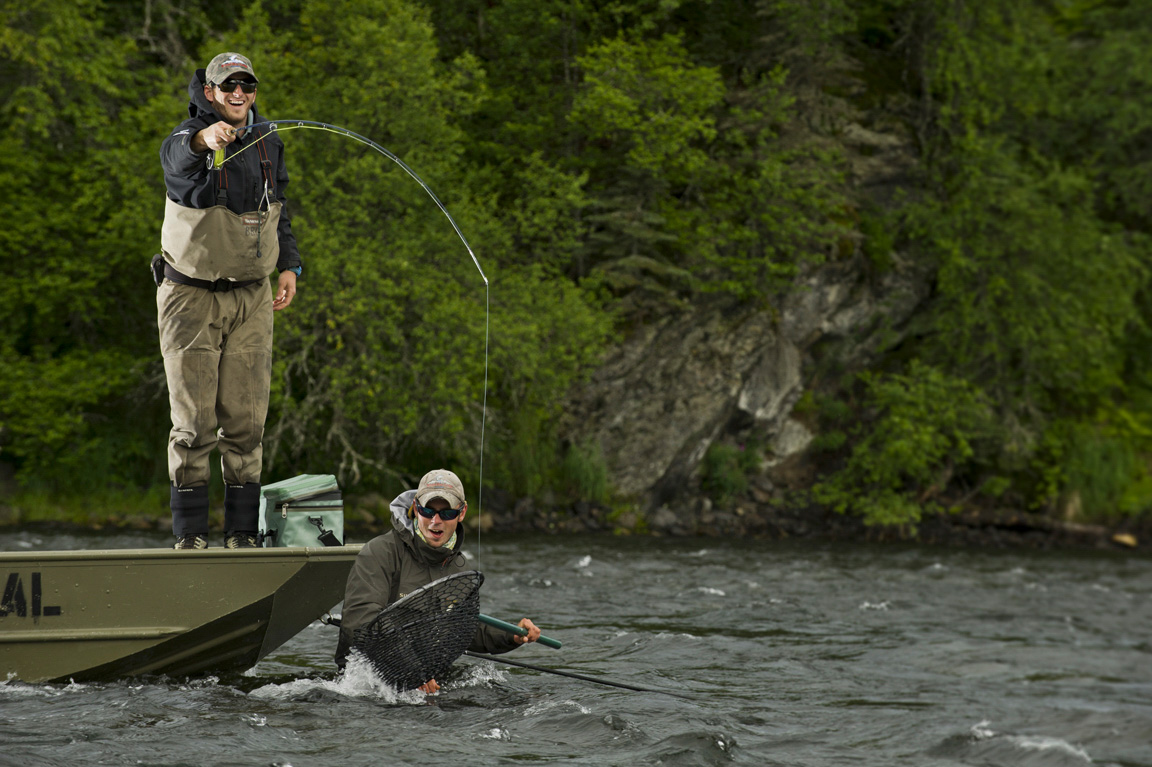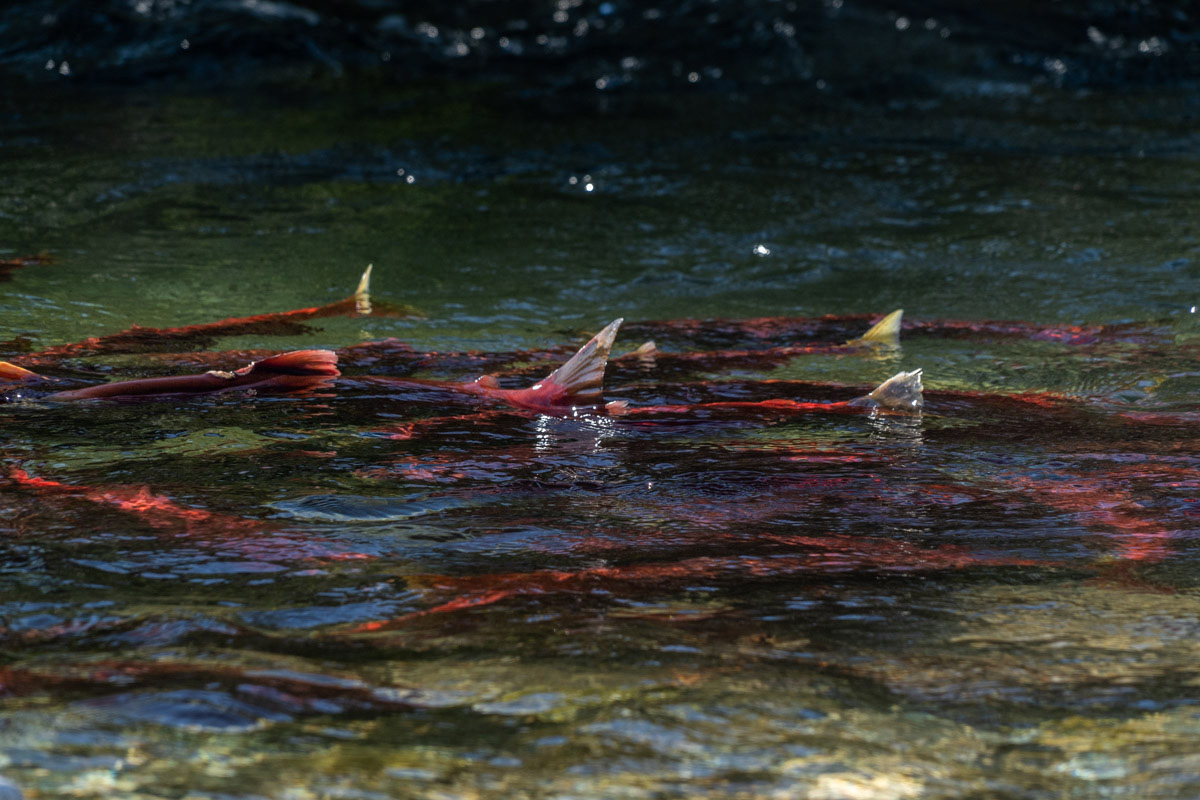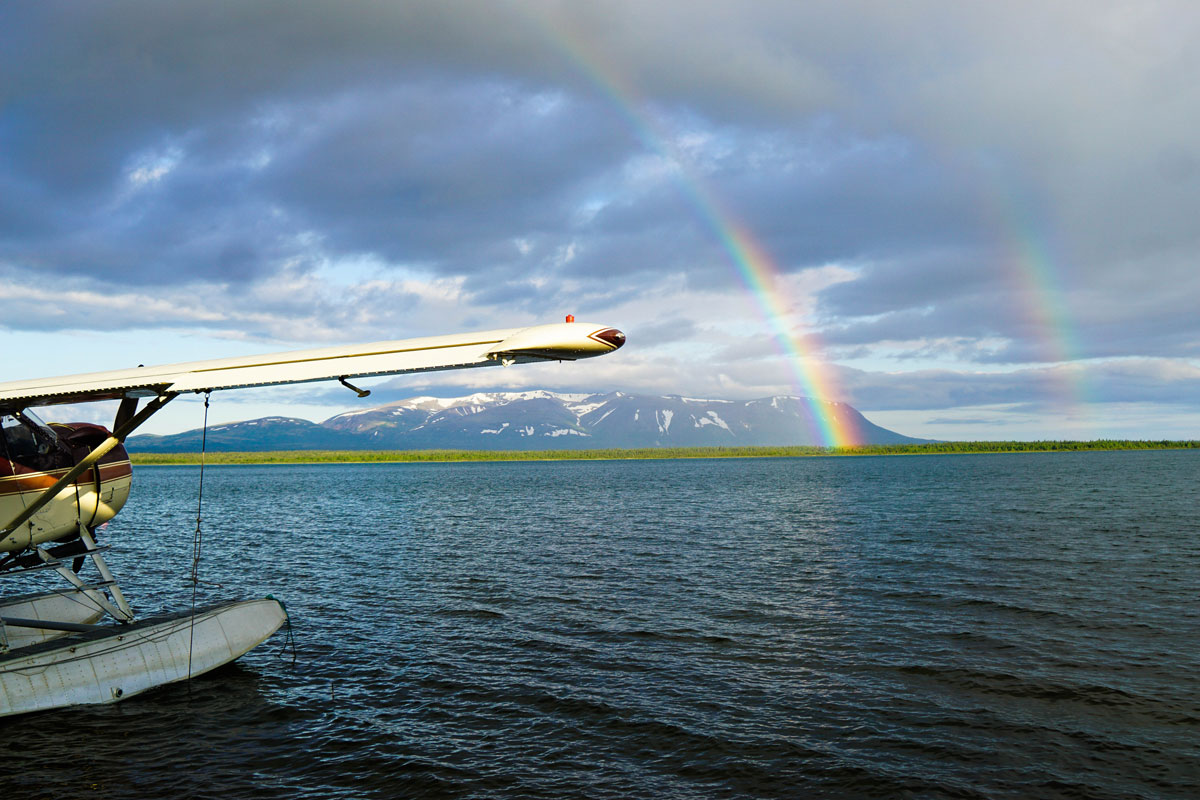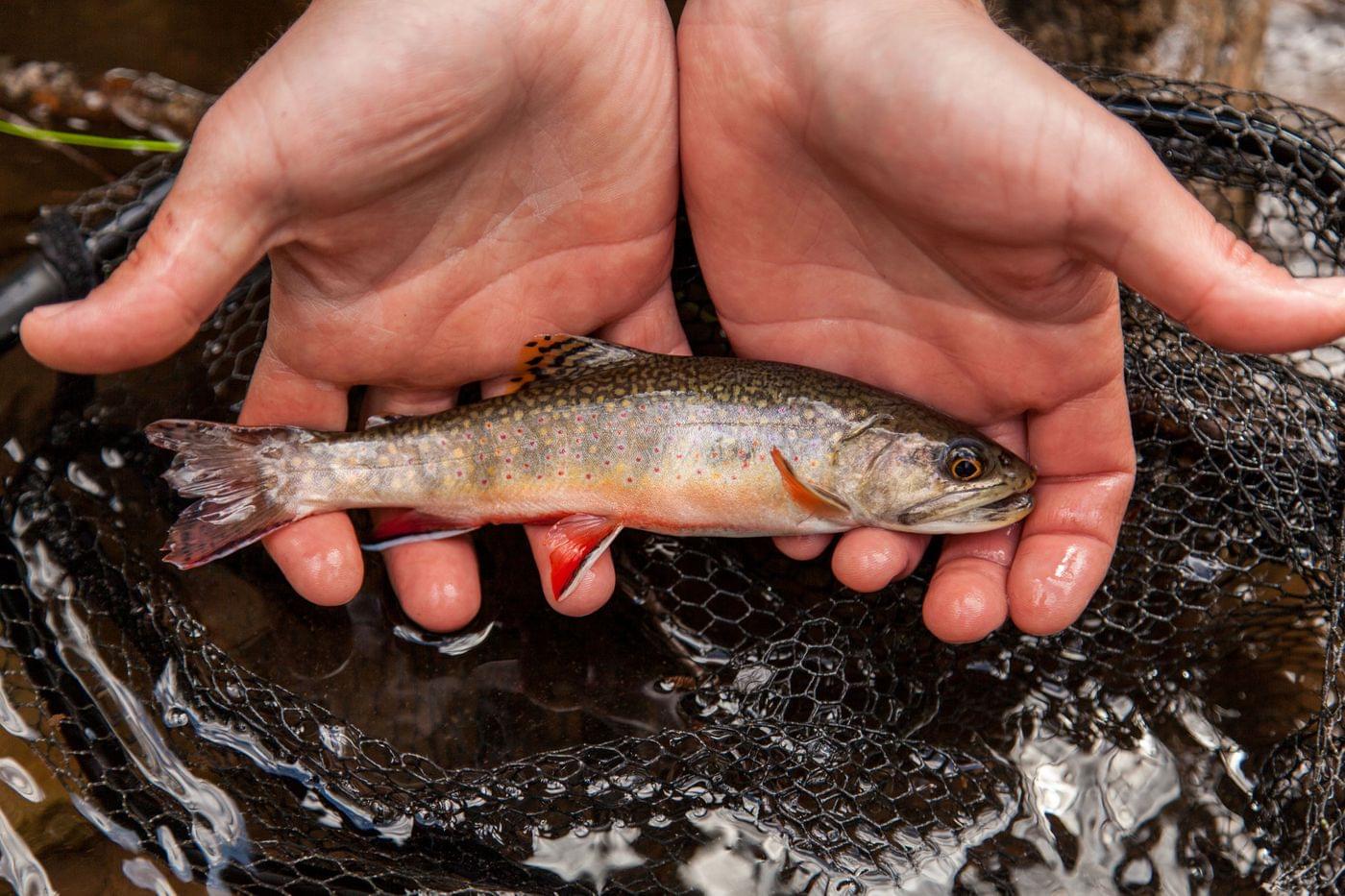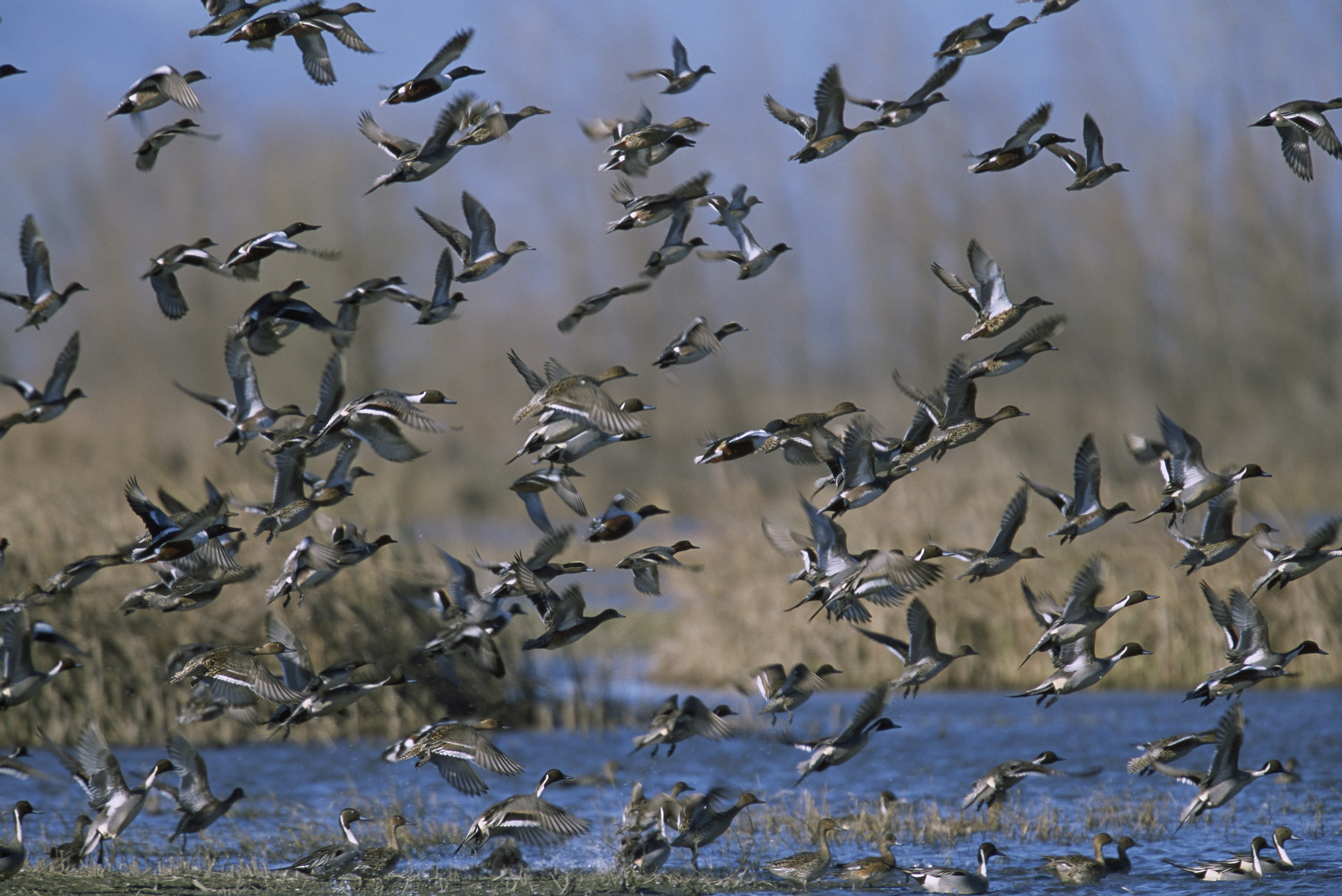Backcountry Conservation Areas near Missoula and Lewistown will safeguard recreational opportunities and wildlife habitat
(Missoula, Mont.)–The Bureau of Land Management today announced it’s finalizing new Resource Management Plans in western and central Montana that will shape hunting and fishing opportunities for generations to come.
These two plans will guide the future of forest and grassland management, wildlife habitat, fisheries conservation, and outdoor recreation on approximately 900,000 acres of public lands east of Missoula, surrounding Lewistown, and in and around the Missouri River Breaks. In response to requests from sportsmen and women, the final plans include Backcountry Conservation Areas, a new multiple-use framework aimed at conserving prized big game habitat and hunting and fishing areas.
“Thanks to these plans sportsmen and women will experience high-quality big game hunting in places like the Hoodoos and Ram Mountain in the Missoula area, as well as Arrow and Crooked Creeks in central Montana,” said Scott Laird, Montana Field Representative with the Theodore Roosevelt Conservation Partnership. “We appreciate that the Montana BLM listened to the input of many hunters and anglers and adopted Backcountry Conservation Areas in the final plans.”
The Missoula Field Office plan guides the management of local landmarks including the Blackfoot River corridor and portions of the Garnet and John Long mountain ranges. The revision process was formally initiated in early 2016 with a scoping phase and then the draft plan was published in May 2019. Hunters, anglers, the state of Montana, tribal representatives, Missoula County, and other entities spoke up in support of Backcountry Conservation Areas in the highest value wildlife and recreation areas. Those comments are reflected in the final plan.
In the Lewistown Field Office, which encompasses some of Montana’s best elk hunting units in the Missouri River Breaks, the planning revision process unfolded along a parallel timeline to Missoula’s. Similarly, strong support from the sporting community, the state of Montana, and local conservation groups led BLM decision-makers to include Backcountry Conservation Areas in the Crooked Creek and Arrow Creek areas.
“While the Lewistown RMP didn’t include everything we asked for, we are grateful that our comments generated some compromise, said Doug Krings, the Region 4 Chapter Leader for Backcountry Hunters & Anglers. “In particular, the addition of the BLM’s new Backcountry Conservation Areas—which ensure that wildlife and wild places will stay intact and productive for hunters and other outdoor recreationists—is something that all public land owners are pleased to see.”
“The recently released plans are not perfect, but Trout Unlimited appreciates changes in the final Lewistown plan that give greater consideration for the conservation and restoration of rare native trout populations in the Judith Mountains,” said Colin Cooney, Montana field coordinator for Trout Unlimited. “We also feel that this RMP sets a new, much-welcomed standard for stream buffers in the West and one that we are going to work with other field offices to adopt in a region where economic diversity is so important. Specifically, the plan includes ½ mile oil and gas development buffers for all Blue and Red Ribbon fisheries, native trout streams, and streams suitable for restoring populations of Westslope cutthroat trout. We thank the BLM for including this necessary, balanced, and common-sense bar of protection for our most important trout fisheries.”
In collaboration with landowners, local government officials, and other stakeholder groups, several hunting and fishing organizations helped activate sportsmen and women to provide meaningful feedback on the draft plans that was then incorporated into the final proposals.
Photo: Charlie Bulla

